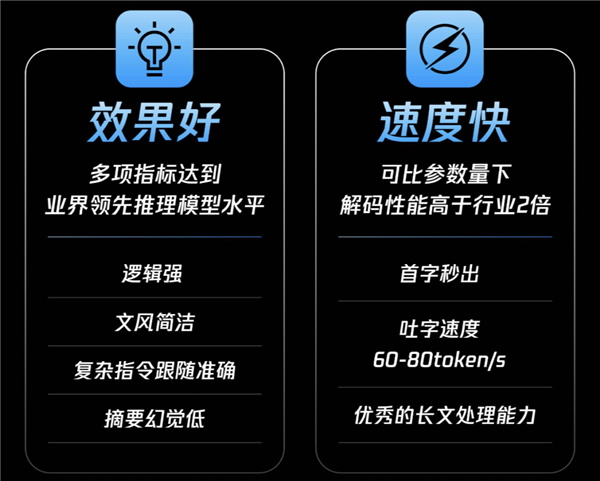Embodied AI has surged in popularity recently, capturing attention from the impressive robot performances at the Spring Festival Gala to its inclusion in government work reports and even endorsements from Nvidia's Jensen Huang. It has become a focal point in the AI field. The goal of embodied AI is to enable robots to perceive and react in the real world with human-like precision and agility.
A research team from Tsinghua University and Ant Group has achieved a significant breakthrough, introducing the BodyGen algorithm framework in their ICLR 2025 paper. This framework combines reinforcement learning and deep neural networks, allowing robots to rapidly evolve optimal morphologies and control strategies adapted to their environment. Tests show a 60% performance improvement, and the code has been open-sourced on GitHub.

Traditional robot design faces numerous challenges, including heavy reliance on expert knowledge, iterative experimentation for specific environments, and the vast search space and tight coupling between morphology and control strategies in morphology-control co-design. The BodyGen framework effectively addresses these challenges through two stages: morphology design and environmental interaction. The morphology design stage utilizes a Transformer (GPT-Style) autoregressive model to construct and optimize robot body structure parameters; the environmental interaction stage leverages a Transformer (Bert-Style) to process joint information and achieve interactive feedback with the environment.

BodyGen features three core technologies. The TopoPE, a topological positional encoder, acts as the robot's "body awareness" system, helping the AI quickly adapt to morphological changes; the Transformer-based MoSAT serves as the "central brain," responsible for information processing and command issuance; and a specialized reward allocation mechanism enables the AI to rationally evaluate design decisions.

In tests across 10 different tasks, including crawling and swimming, robots generated by BodyGen achieved a 60.03% higher adaptability score than existing state-of-the-art methods. Furthermore, with a parameter count of only 1.43M, it is significantly more lightweight, offering a clear advantage in resource-constrained environments. The research team plans to promote its application in real-world scenarios, and BodyGen is poised to become a key enabler for the development of general-purpose embodied AI.






